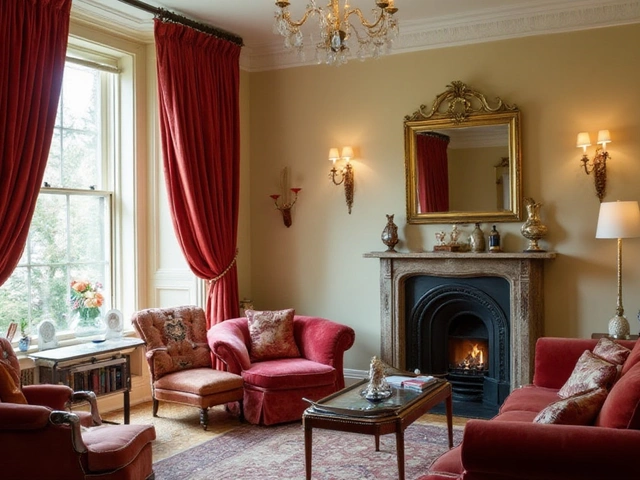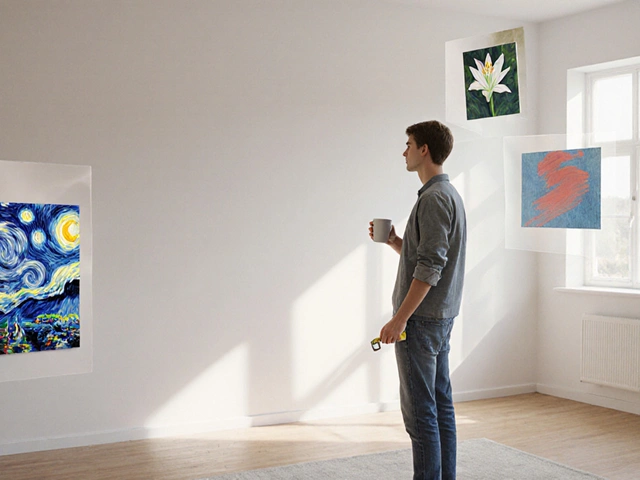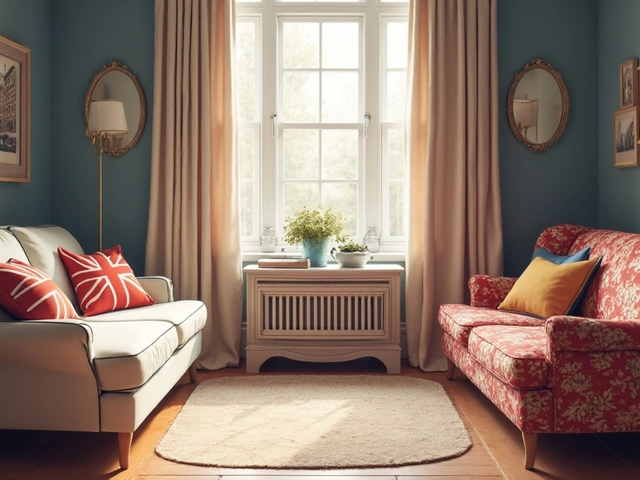DIY Paint Budgeting: How to Plan Your Color Projects Without Breaking the Bank
When you start DIY paint budgeting, it means figuring out how much paint you need, how much it will cost, and how to fit that expense into your overall home‑improvement plan. Also known as paint cost planning, this approach helps you avoid surprise expenses and finish a room looking great on a realistic budget.
Understanding paint budgeting, the practice of estimating paint quantity, unit price, and total spend before buying any cans is the first step. The main attributes are coverage per gallon (usually 350‑400 sq ft), number of coats, and surface condition. By calculating these values you can predict the exact cost per square foot, which directly influences the overall project budget.
Next up is DIY home improvement, any hands‑on renovation you tackle yourself, from prep work to finishing touches. This field requires basic tools—paint rollers, brushes, drop cloths—and a willingness to follow step‑by‑step guides. When you combine DIY know‑how with paint budgeting, you get a clear roadmap that reduces reliance on professional quotes.
Another key piece of the puzzle is interior painting, the act of applying color to walls, ceilings, and trim inside a home. It brings together color choice, surface prep, and application technique. Selecting a paint type (e.g., low‑VOC, washable) affects durability, which in turn impacts long‑term cost because a longer‑lasting finish means fewer touch‑ups.
Here’s a simple workflow you can follow. First, measure each wall’s length and height, then multiply to get square footage. Add the ceiling area if you plan to paint it. Next, divide the total square footage by the paint’s coverage rate to find the number of gallons. Remember to multiply by the number of coats you need—most rooms require two coats for even color.
Now that you have the gallon count, apply the unit price you found at your local store or online. For example, if a gallon costs $30 and you need 4 gallons, the raw material cost is $120. From there, add small expenses like primers, rollers, and painter’s tape—usually another $20‑$30. The total gives you a concrete figure to work with.
Cost‑saving tricks can shave off a big chunk of that total. Buying paint in bulk often unlocks volume discounts. Look for end‑of‑season sales when retailers clear out colors; you can snag the same quality for 20‑30 % less. If you have leftover paint from a previous project, use it for touch‑ups or for accent walls, which reduces the number of new gallons you must purchase.
For tracking, many DIYers prefer a simple spreadsheet that lists each room, square footage, gallons needed, unit price, and total cost. Some free apps also let you scan receipts and categorize expenses, making it easy to stay within your budget. The key is to update the sheet as you shop so you always see the current spend versus the original target.
Finally, think about quality and environmental impact. Low‑VOC paints may be a few dollars more per gallon, but they emit fewer fumes and often last longer, meaning you’ll spend less on future repainting. Choosing a durable finish also reduces the frequency of touch‑ups, which saves both time and money in the long run.
With these ideas in mind, you’ll find that DIY paint budgeting isn’t just about crunching numbers—it’s a practical framework that links measurement, material choice, and smart shopping into a smooth, affordable painting experience. Below you’ll discover a curated collection of articles that walk you through each step, share insider tips, and show real‑world examples of staying on budget while giving your home a fresh look.






